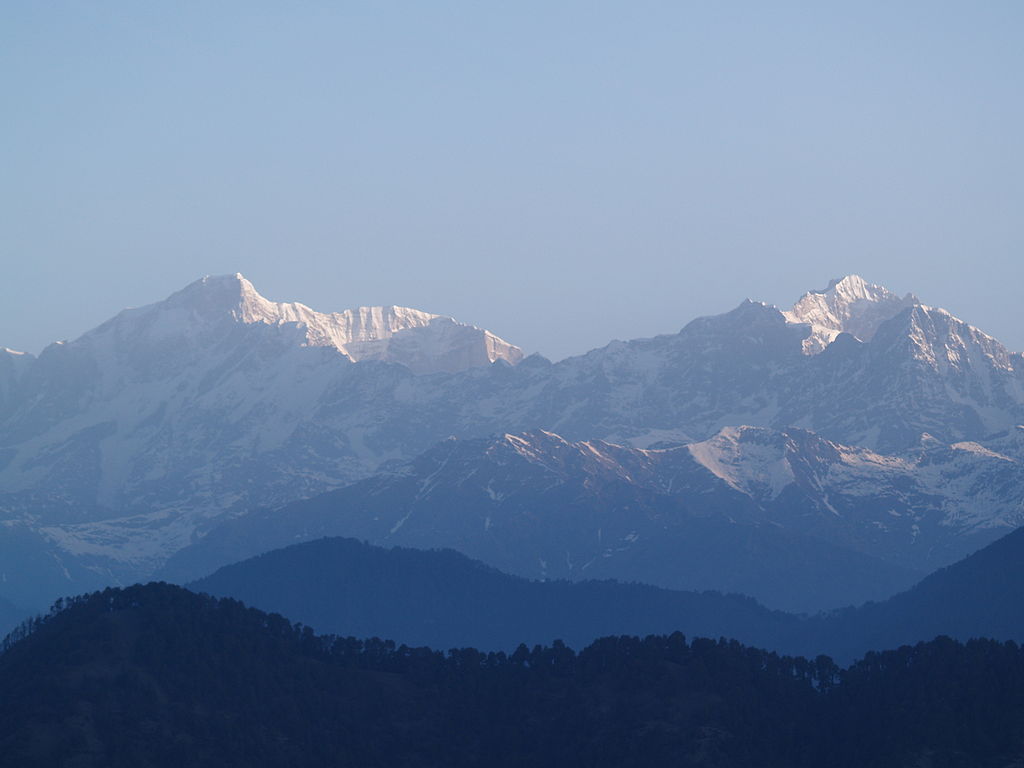Over the last two decades, anthropologists have been decoding the history of our species through clues etched in our DNA. By taking DNA samples of people all across the world and comparing the differences and similarities in our genetic code, they have been able to trace our origins and the patterns of migration and settlement that led us to where we are today. One of the more surprising findings from these investigations is that our ancestors mated with Neanderthals and other Hominins they encountered as they spread from Africa.
What’s more, some of the genetic variants (alleles) inherited from those ancient dalliances helped our ancestors adapt to the new environments they encountered outside of Africa. As our ancestors mated with other Hominin species, and the gene pools mingled, we picked up adaptive alleles conferring lighter skin and a host of other traits that were useful in our new homes. These alleles live on in the DNA of modern humans, even though the Neanderthals and Denisovans they originally come from are now long gone. This process of one or two helpful alleles spreading into a population after hybridization is called introgression.
Now, according to a new paper in the journal Nature, there is genetic evidence that the allele that helps Tibetans breath at high altitudes came from Denisovan humans about 40,000 years ago. The allele in question is involved in hemoglobin production and helps Tibetans use oxygen more efficiently. This latest discovery is broadly in line with the current thinking about ancient human hybridizations: they were relatively infrequent (only 0.2 to 2% of the DNA of modern Asians comes from Denisovans), but important in helping modern humans adapt to the new environments we found as we fanned out across the globe. Further, inheritance of these foreign alleles was patchy: different alleles introgressed into different populations, depending on the particular natural selection in that region. For example, other Asian groups like Han Chinese who don’t live at high altitudes have lost this Denisovan allele, because it is unnecessary (and probably costly) in thicker air.
This all makes good evolutionary sense. Our relatives – Neanderthals, Denisovans, and other now-extinct Hominin species – had been living in and adapting to life outside of Africa for hundreds of thousands of years. They had evolved genetic variants to help them survive the lower temperatures, taller mountains, weaker sun, and other challenges of Europe and Asia.
Modern humans are overwhelming descended from a small group of Homo sapiens who lived in Africa in the last quarter of a million years. We are a relatively new species, and we are genetically very similar to each other. There are more genetic differences between two individuals of the same race than there are between the races. However, some genetic differences do exist between populations, such as those involved in skin color, the ability to digest milk, and tolerance for thin air at high altitudes. Many of these differences came about the old-fashioned way – through beneficial mutations spreading through populations as our ancestors migrated to new climates with different demands. However, these new studies show that we also got a leg up from our relatives, in the most intimate of ways.
References:
Huerta-Sánchez, Emilia, et al. “Altitude adaptation in Tibetans caused by introgression of Denisovan-like DNA.” Nature (2014). DOI
Sankararaman, Sriram, et al. “The genomic landscape of Neanderthal ancestry in present-day humans.” Nature (2014). DOI
Vernot, Benjamin, and Joshua M. Akey. “Resurrecting Surviving Neandertal Lineages from Modern Human Genomes.” Science (New York, NY) (2014). DOI
Armitage, Simon J., et al. “The southern route “out of Africa”: evidence for an early expansion of modern humans into Arabia.” Science 331.6016 (2011): 453-456. DOI
Witherspoon, David J., et al. “Genetic similarities within and between human populations.” Genetics 176.1 (2007): 351-359. DOI
Pritchard, Jonathan K., Joseph K. Pickrell, and Graham Coop. “The genetics of human adaptation: hard sweeps, soft sweeps, and polygenic adaptation.”Current Biology 20.4 (2010): R208-R215. DOI


